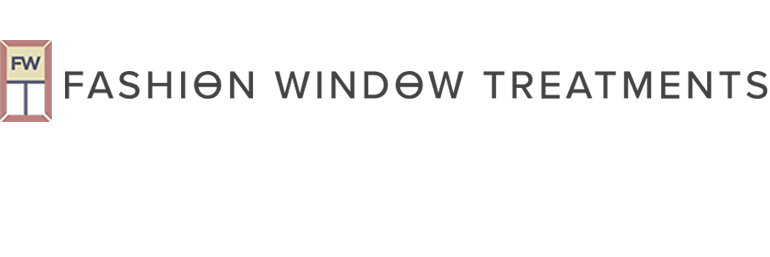Drapery Panels; gone are the shrouds of yesterday that used to adorn windows. Growing up we had antique satin pinch pleated draperies with heavy foam thermal back lining hanging on all of our windows. Forty some years later the choices in drapery headings, linings, fabrics, hardware and trim are so numerous that it is sometimes difficult to determine the best look for your window. Below we have outlined some of our favorite looks.
Here are some of the most popular drapery styles in the current market:
• Pinch Pleated Draperies– One word says it all classic; fabric is gathered and pinched together in a pleat to create fullness. The closer the pleating the fuller the drapery is. They can be hung on traverse rods or decorative rods using pins on the back to hang them and there are many styles in pleated drapes for different looks.
• Goblet Pleated Drapes– This header is a softer more formal look; the fabric is gathered leaving an opening that looks like a cone and can vary from 3-6 inches in width to create a goblet effect and pinched together below the goblet. Adding a decorative or fabric covered button on the bottom of the pleat or draping twist cord between the pleats adds another element of elegance. They look best hung on a decorative rod with rings and finials.
• Flat Curtain Panels– These are literally flat panels that are finished at the top by using clip rings or sewing on rings or decorative ties. You can create several different looks depending on how you space the rings or clips. They tend to look more casual and are typically hung on narrow wood or metal rods and are a great option when needing lower cost functional draperies.
• Grommet Panels– A variation of flat panels; grommets are spaced and pressed in the panels. There are multiple choices in grommet colors and sizes to create a more contemporary simplistic look. They are hung on decorative rods sized to fit the grommets so that they can slide easily on the rod.
• Rod Pocket Curtains-Another classic look that can be varied to create different looks; fabric is turned over at the top to leave an opening to slide on the rod. You can create a header at the top above the rod pocket to add additional depth. This treatment is cost effective and easy to fabricate.
• Back Tab or Hidden Tab Panels – This style has been extremely popular the last few years. Tabs are hidden behind the panel for a decorative pole to slide through. The panels themselves have uniform tailored up to date look that are appealing to many.
These are just a few of the headings available in the custom and ready-made market today. When designing a window treatment you also want to coordinate the fabric style to the header style; for instance plaids look great on a tailored style like box pleated panels. The other item we can’t stress enough is lining; adding lining to any of these treatments adds fullness and drape-ability and aids in protecting the fabric from the sun.
